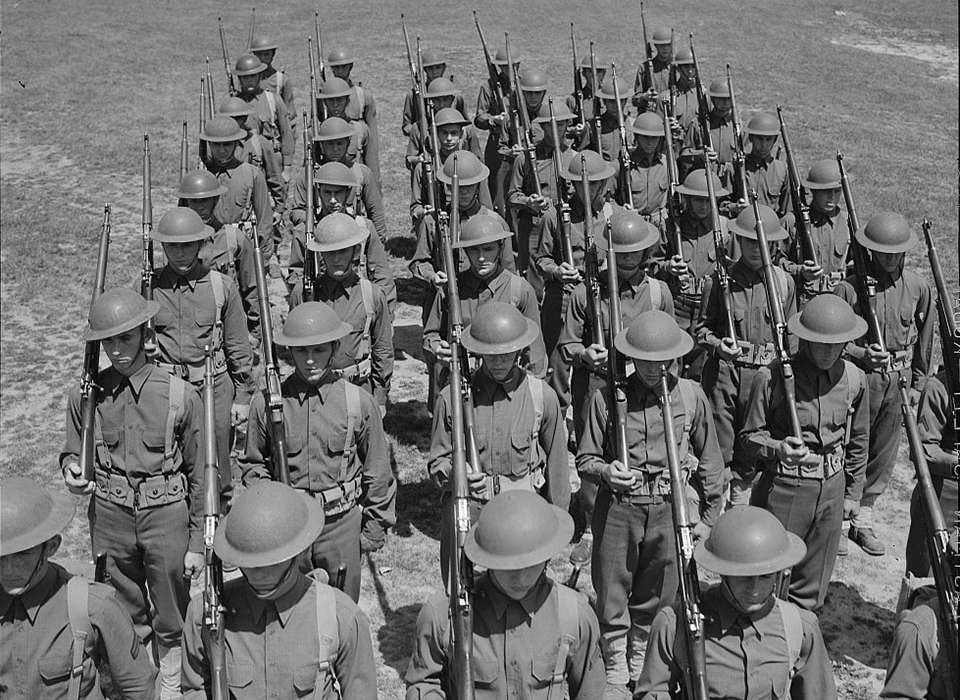At the end of World War I, the United States Army contained more than two million men. Over the course of the next decade it had been neglected and allowed to shrink in both size and stature. The meager budget needed to run the Army dwindled further as the Great Depression deepened. In 1935, the Army’s annual budget bottomed out at $250 million, and the force had declined to 118, 750 men—at which point Douglas MacArthur, then Army Chief of Staff, observed that the entire Regular Army could be placed inside Yankee Stadium.
Making matters worse, American troops were learning obsolete skills and primarily preparing for defensive warfare on a very limited scale, rather than preparing for an offensive two-ocean war fought overseas.
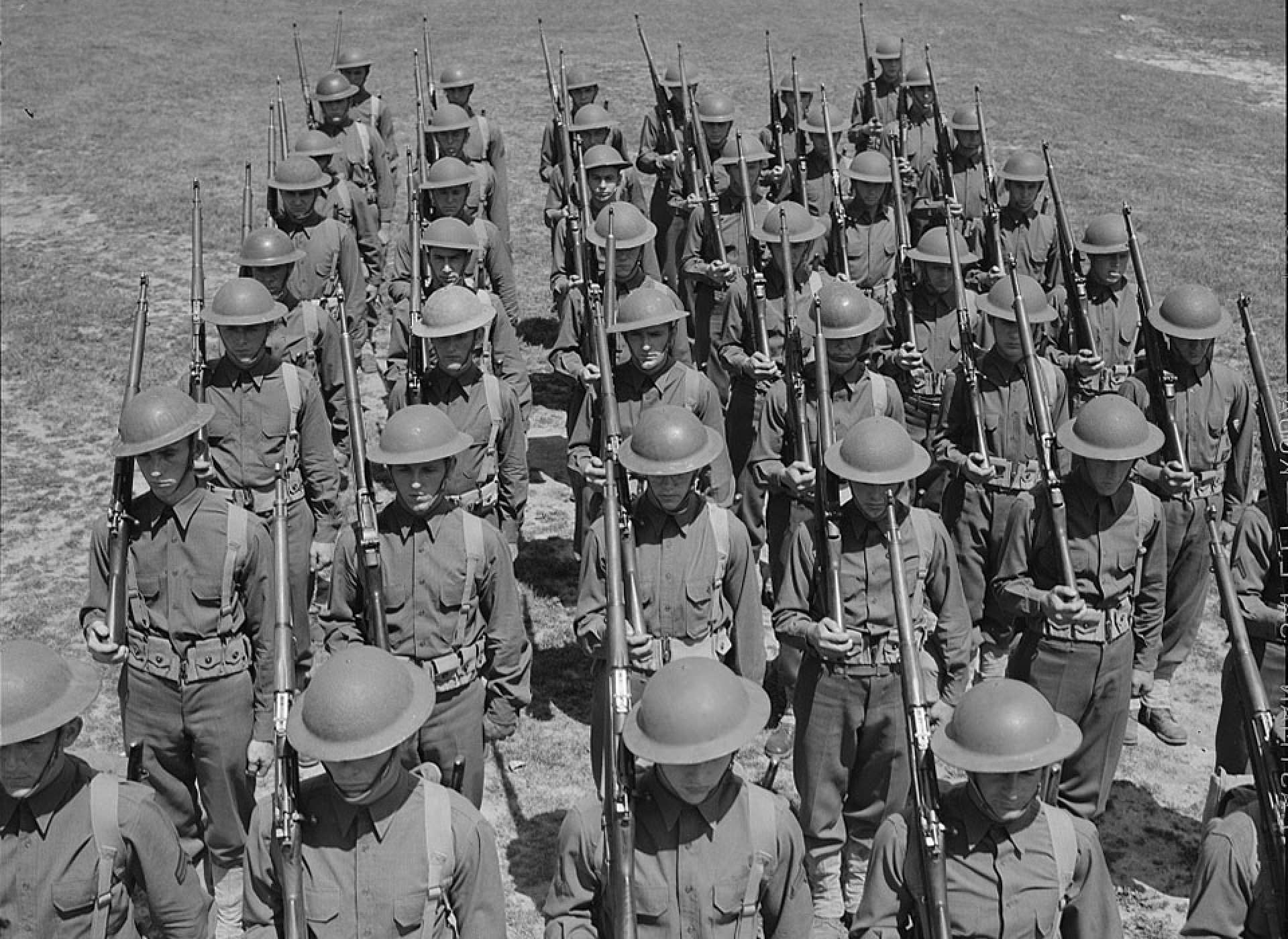
U.S. Army soldiers training at Fort Belvoir, Va., May 1941. Library of Congress
In addition, most of the Army’s divisions were staffed at half-strength and scattered across distant posts. Their equipment was also obsolete, and their reliance on horses and mules was anachronistic. The Army officer corps harbored many not suited to lead troops into combat.
The situation was especially dire on September 1, 1939, the day on which Germany invaded Poland, marking the beginning of the Second World War. At that time the United States Army was smaller than that of Portugal. As military historian Carlo D’Este wrote: “So sorry was the state of the U.S. Army in 1939 that had Pancho Villa been alive to raid the southwestern United States it would have been as ill prepared to repulse or punish him as it had been in 1916.”
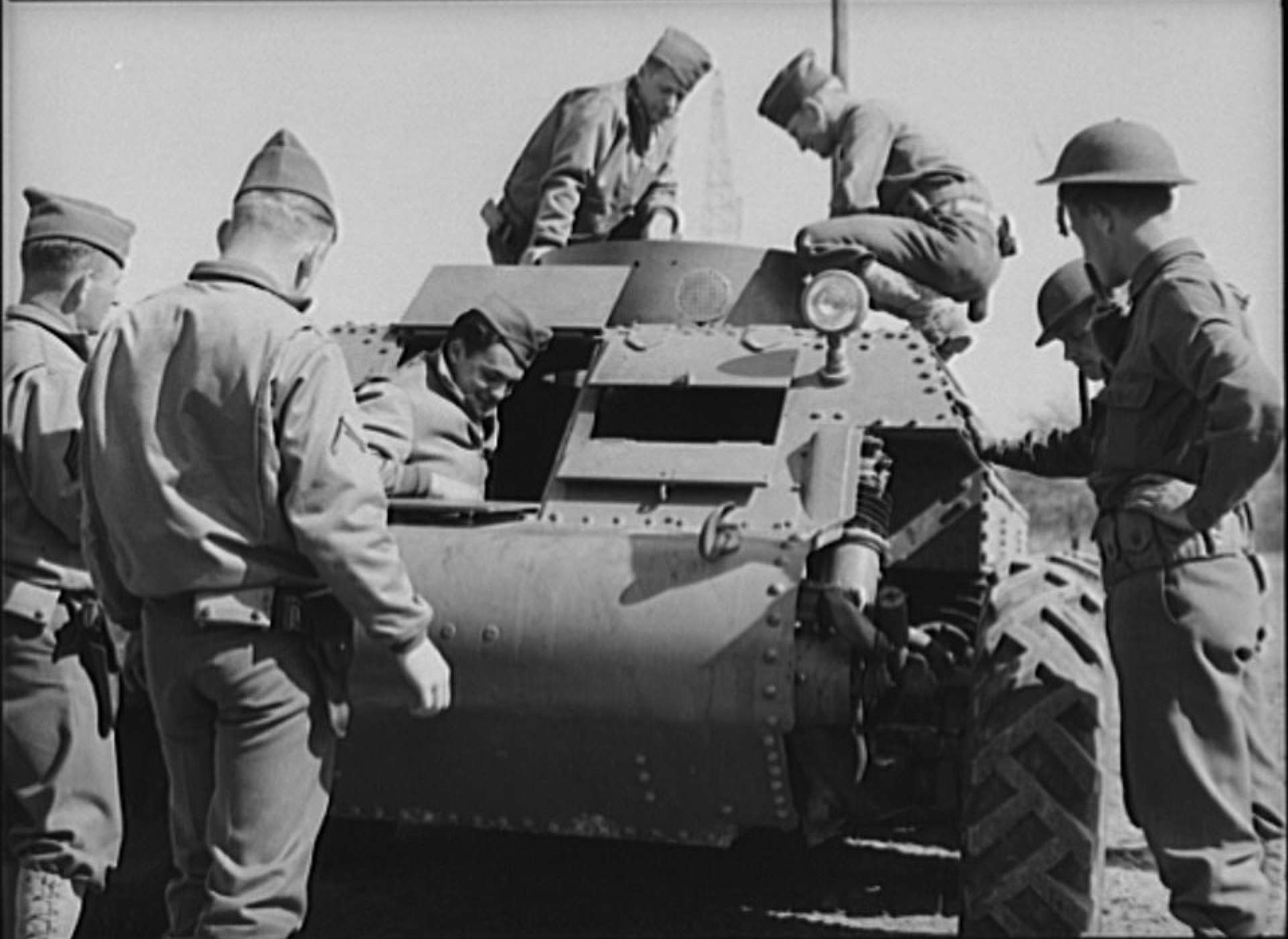
Soldiers inspecting new trackless tank during demonstration at Fort Myer, Virginia, April 1941. Library of Congress
The Army had only a few hundred light tanks and maintained horse cavalry as an elite mobile force; it was no match for German armored divisions. Those who had advocated replacing horses with tanks and other armored vehicles during the period between the wars had actually been threatened with punishment. As a young officer, Dwight D. Eisenhower later recalled that when he began arguing for greater reliance on armored divisions, “I was told that my ideas were not only wrong but dangerous and that henceforth I would keep them to myself. Particularly, I was not to publish anything incompatible with solid infantry doctrine. If I did, I would be hauled before a court-martial.”
As one who was born a month before the invasion of Poland in 1939, I have long been fascinated by the war itself, but also with how we prepared for that war. Specifically, how did the United States go from having an Army of little consequence at the beginning of the war in Europe, to the creation of a million-man American citizen army on the day of the attack on Pearl Harbor? This fascination led me to several years of research, and eventually to writing a book entitled The Rise of the G.I. Army, 1940-1941: The Forgotten Story of How America Forged a Powerful Army Before Pearl Harbor, which will be published this July.
What I discovered was that during those 828 days between the beginning of the war in 1939 and the “day of infamy,” December 7, 1941, a fully functioning peacetime military draft system had been put in place; and that after a (of course bloodless) purge of senior officers, a new cohort was rising through the ranks, which would eventually lead the nation and its allies to victory.
What is more, this new peacetime army was given a series of rigorous dress rehearsals for the war ahead, in the form of three massive military maneuvers in the spring, summer, and fall of 1941. These were staged in Tennessee, Louisiana and the Carolinas, and ended just a few days before the Pearl Harbor attack. It was during these maneuvers that a dynamic cohort of officers emerged who would lead the nation in the war to come. Among others, Dwight Eisenhower and George Patton proved their abilities to lead in these mock wars. Not only did the maneuvers train the men in crucial new weapons and methods of warfare, but they also helped create a new and unique “G.I.” culture that was invaluable in boosting morale and bonding men from diverse backgrounds into a cohesive group before they set off to fight around the world.
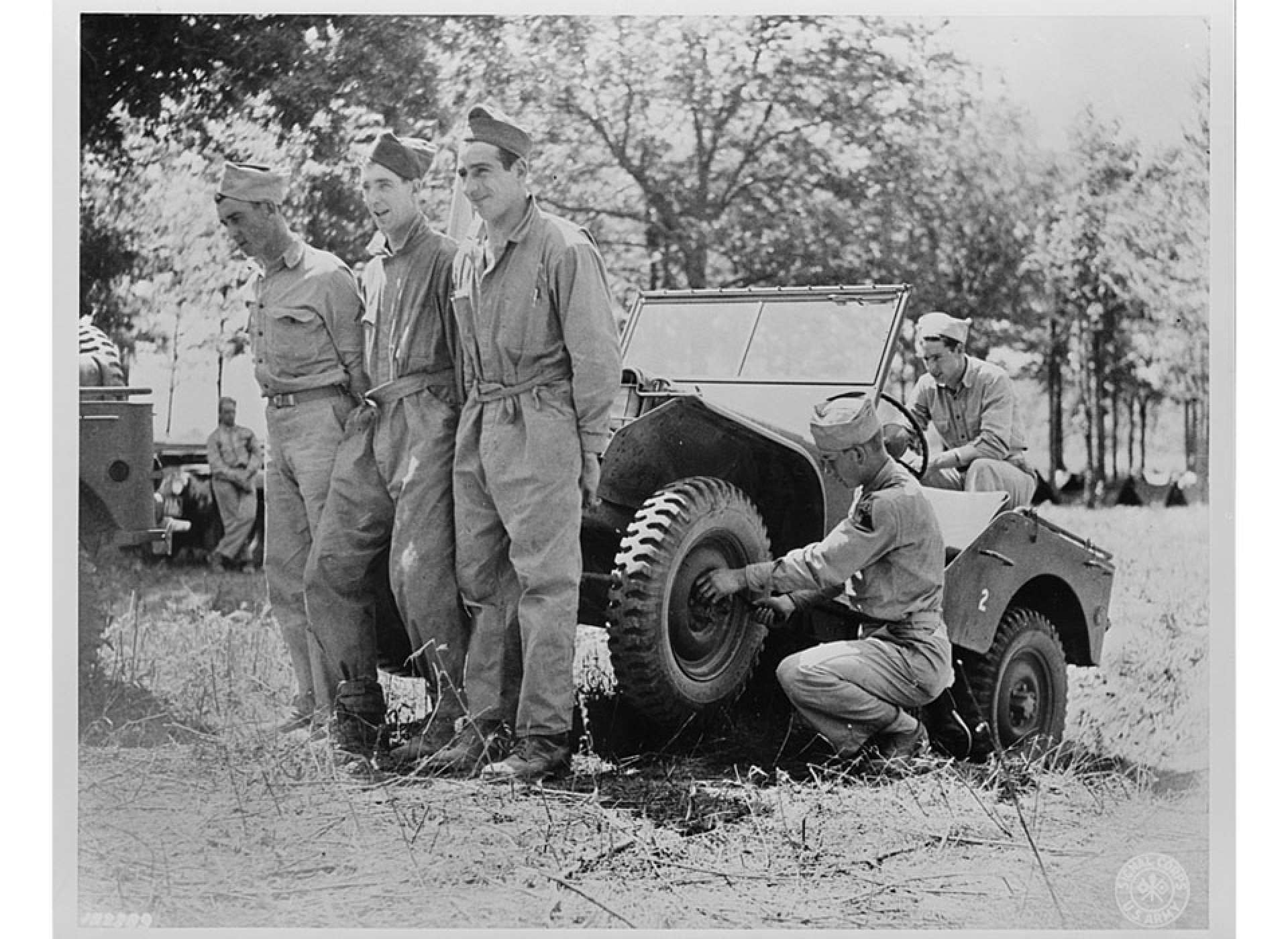
Soldiers of headquarters company of the Armored Corps lifting a jeep to repair it at their bivouac area during Second Army maneuvers, June 1941. Library of Congress
These young men of the Great Depression brought with them skills and attitudes their fathers and uncles had not had during the First World War. To cite one small but significant example, these youngsters could read maps, having been brought up reading gas station road maps. They also knew engines, and having seen their first jeep or Piper Cub light aircraft, within minutes would often be under the hood trying to figure out how they could make the engine work better.
All of this was accomplished in a fiercely divided nation, pitting interventionists against the isolationists, who did everything they could to prevent the 1940 peacetime draft and then did what they could to derail it. There are several heroes in this narrative, but none comes close to Army Chief of Staff George C. Marshall, who was the architect of this transformation. Marshall was both a great leader and innovator. To cite one example, he gave the Army’s junior officer corps a vital shot in the arm with his creation of the Officer Candidate School, allowing talented enlisted men to rise to command positions.
It is safe to say that without the peacetime military draft of 1940 and the leadership of Marshall and the men he chose to lead this citizen Army, that the length and losses of the war would have been longer and greater.
About the Author

Paul Dickson is the author of nearly 60 works of nonfiction. His titles include Sputnik: The Shock of the Century, The Bonus Army: An American Epic (with Thomas B. Allen), War Slang, The Electronic Battlefied, and Bill Veeck—Baseball’s Greatest Maverick. He served as an officer in the United States Navy Reserve. He lives with his wife Nancy in Garrett Park, Maryland. Photo courtesy of Bruce Guthrie.
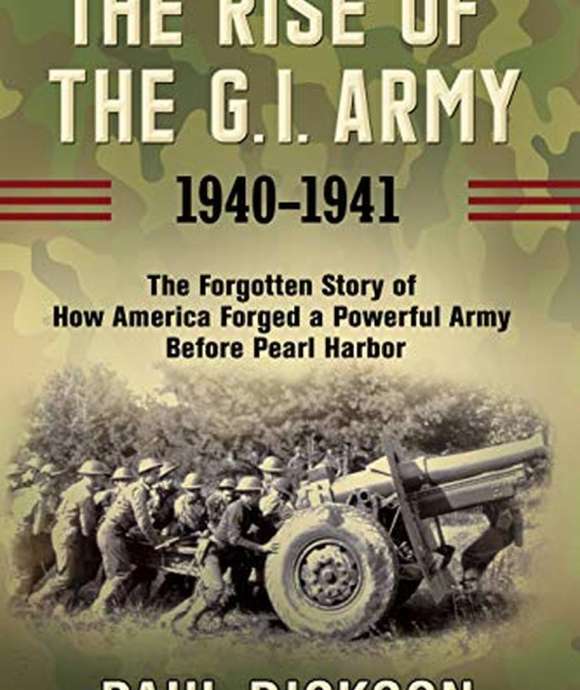
The Rise of the GI Army
Paul Dickson's book will be available in July 2020 and is available for preorder. In the meantime, support the continuing educational mission of The National WWII Museum by shopping our Museum Store book selection.
Cite this article:
MLA Citation:
APA Citation:
Chicago Style Citation:
